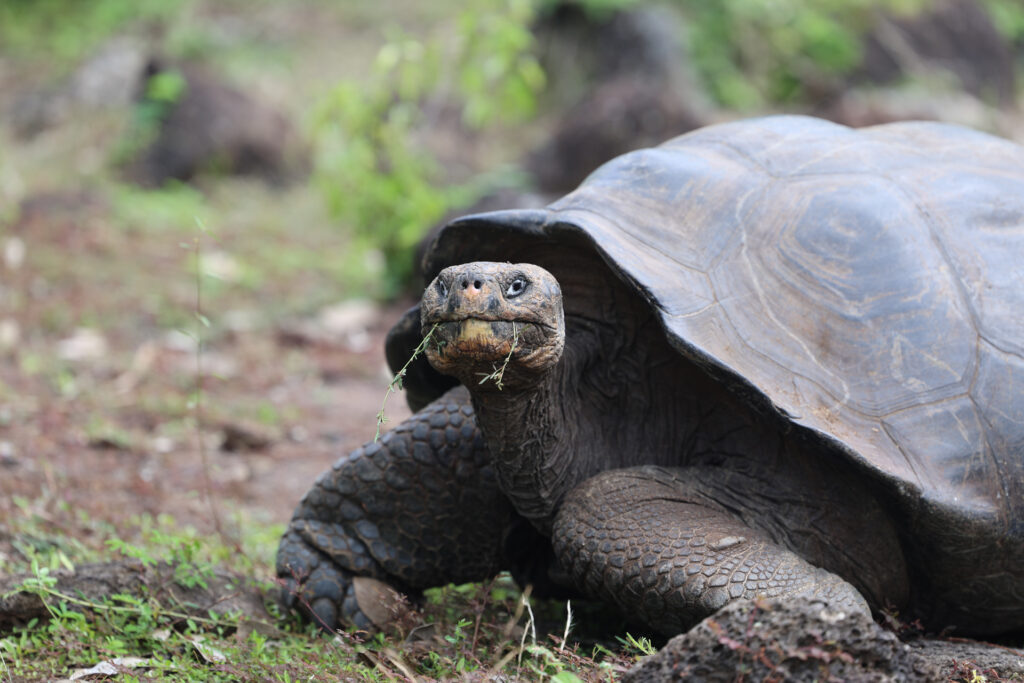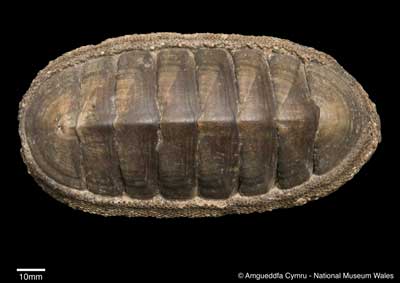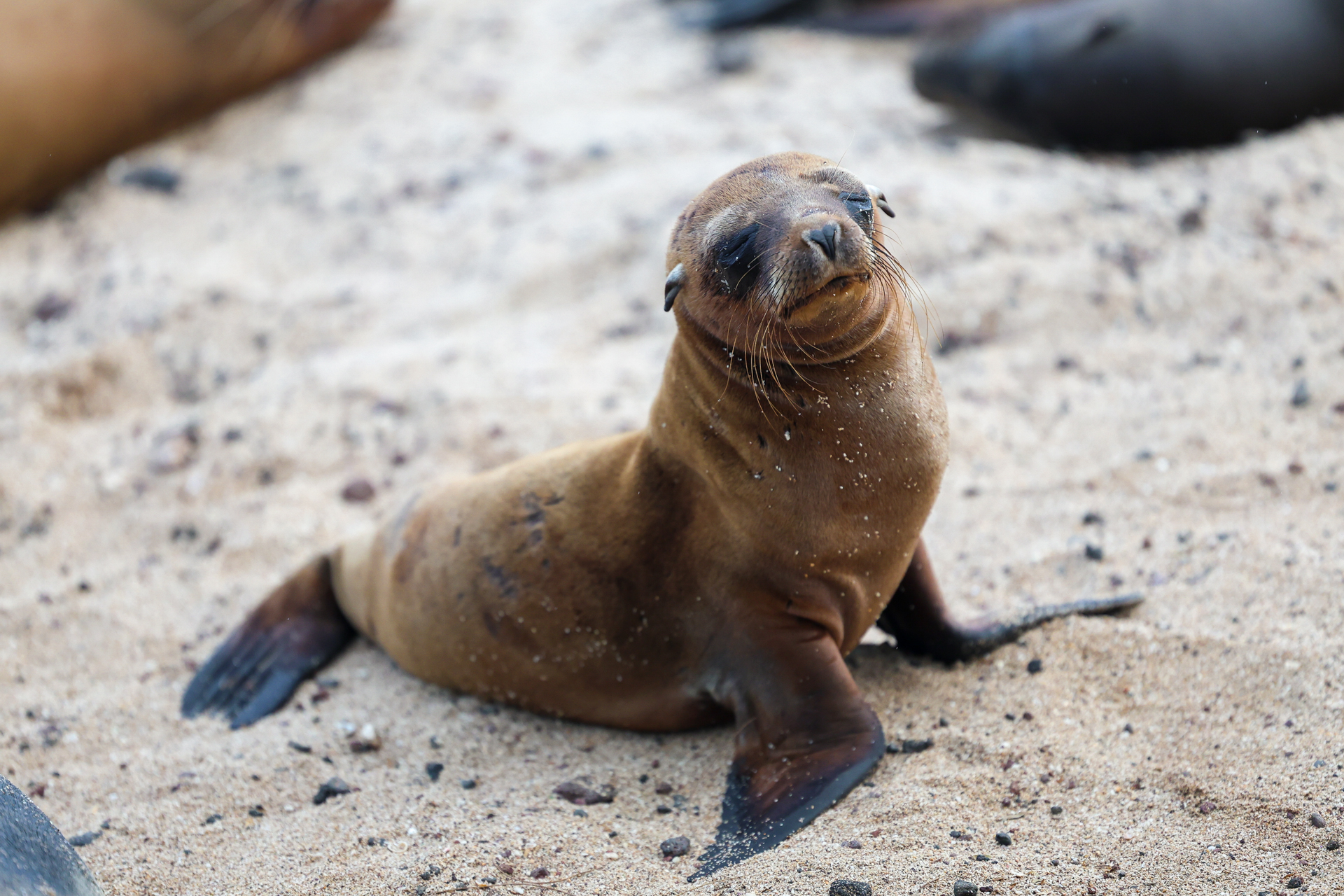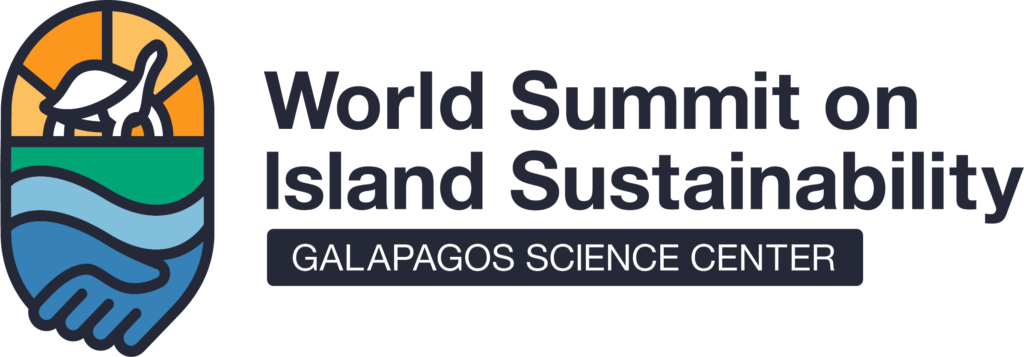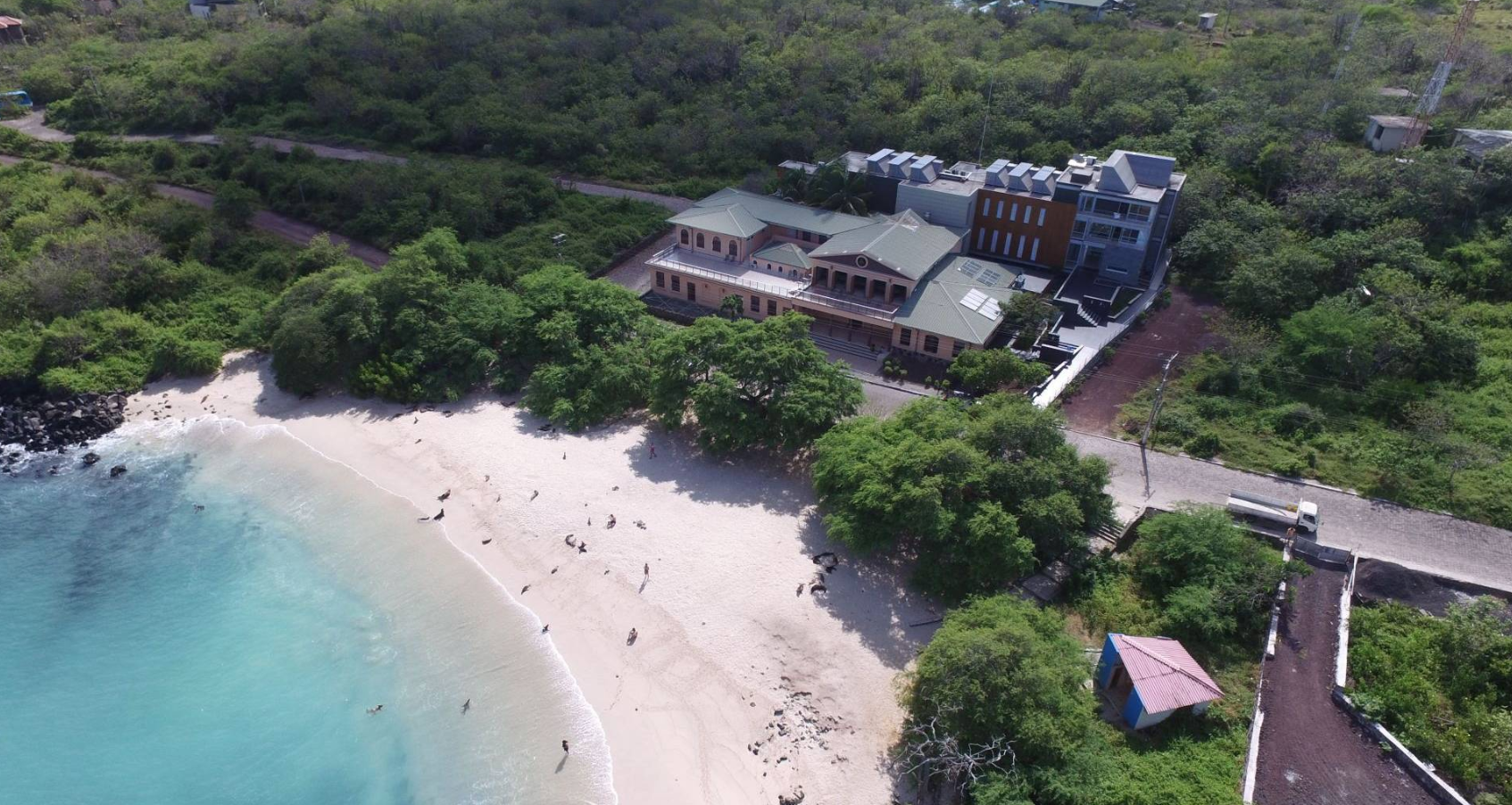Photo: Alam Coss
The ecosystems of Galápagos are in constant transformation due to the interaction between natural processes, animals, and human activities. This research analyzes how different species, both native and introduced, influence the islands’ landscape through their movements, feeding habits, and behavior, and how these changes can be observed using digital environmental monitoring tools.
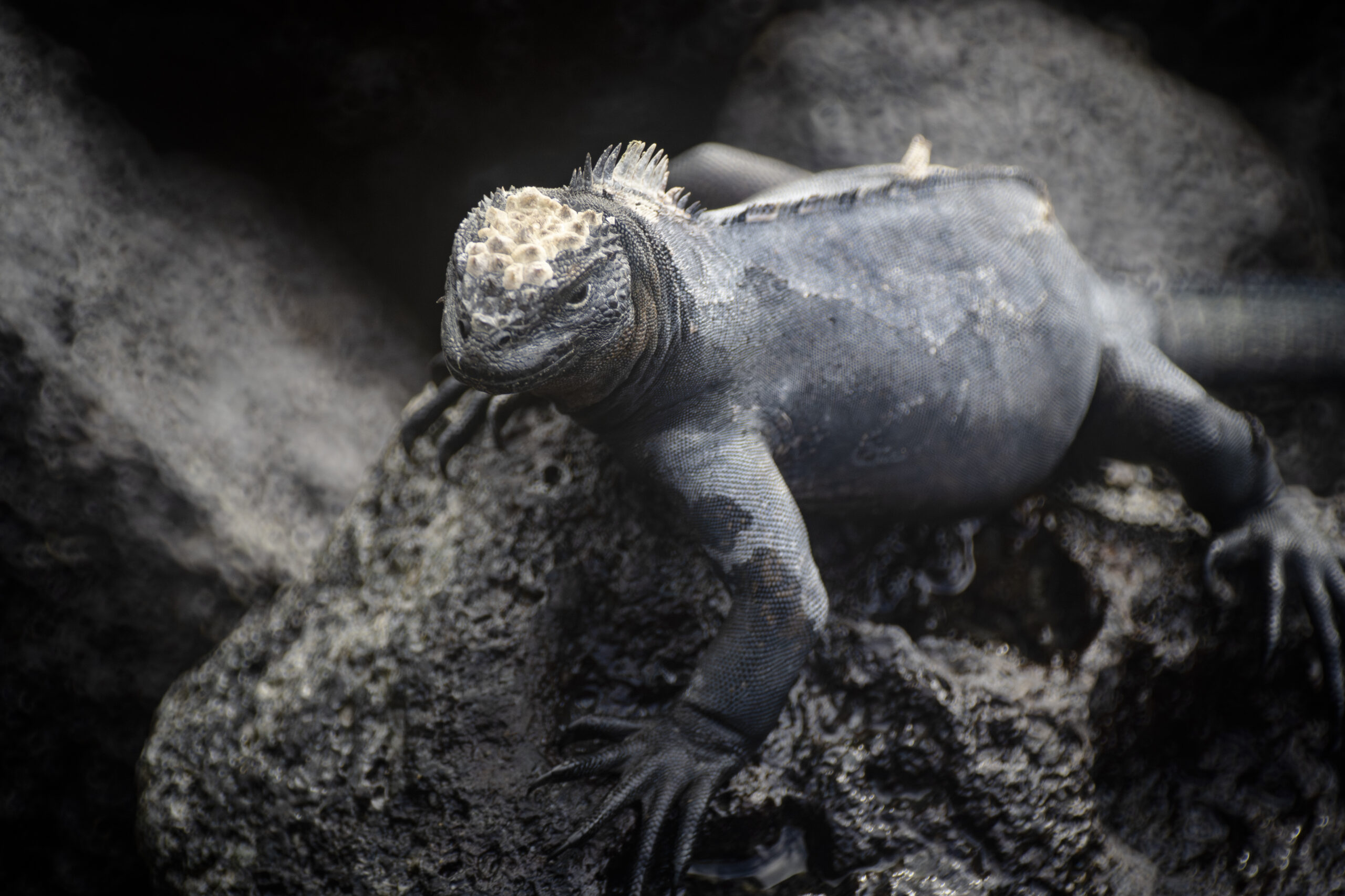
The objective of this study is to understand how animals such as giant tortoises, iguanas, birds, goats, and rodents contribute to modifying vegetation and land use, while also assessing how these transformations are linked to human factors such as agriculture, urbanization, and biological invasions. The research aims to generate information that guides evidence-based conservation actions.

To study these processes, satellite imagery, drones, camera traps, acoustic monitoring, and GPS were integrated. These tools made it possible to observe that animals act as agents of change: tortoises disperse seeds and create pathways, iguanas reduce woody vegetation, birds fertilize soil, and goats and invasive species such as rats drastically alter ecosystems. Additionally, human activity was found to fragment habitats and modify species’ movement routes.

Photo: Andrew Russel
The results show that fauna, landscape, and human activity are closely interconnected. Understanding these relationships is essential for conservation planning in Galápagos. The use of remote monitoring technologies provides precise and continuous data, which are crucial for restoring affected areas, managing invasive species, and making informed and long-term environmental management decisions.
Read the article here:

